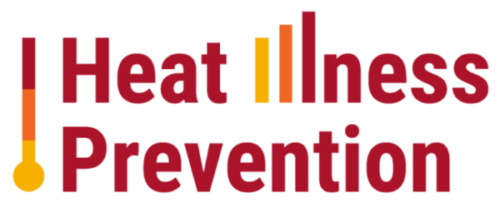Many workers nationwide are exposed to hot working conditions, especially during the summer months. Hot work sites are challenging and can turn dangerous without the proper precautions. During Extreme Heat Month, we are providing information and resources to prevent heat-related illnesses at work sites.
A “hot” work site is defined by several factors, including high air temperatures, high surface temperatures, high humidity and low air movement. Employers need to ensure workers are properly trained and acclimatized so work sites remain safe. Owners, operators and supervisors are responsible for keeping workers safe and understanding how to prevent heat illness and injury.
All workers – and supervisors in particular – need to recognize the conditions of a “hot” job and should be provided heat-stress training on worker risk, prevention, symptoms, monitoring, treatment and personal protective equipment. The objective should always be to keep workers’ body core temperatures from rising above 100 degrees Fahrenheit (38 degrees Celsius).
These tips can help prevent dangerous – or even DEADLY– heat-related symptoms:
- Provide a work-rest regimen – acclimatization over an initial one- to two-week period, then frequent breaks and reasonably short work periods.
- Pace tasks to avoid exhaustion.
- Perform heavy tasks in cooler areas or at cooler times.
- Rotate personnel on hot jobs.
- Provide readily accessible cooler rest areas – 50 to 60 F (10 to 15 C).
- Provide cool drinking water, 50 to 60 F (10 to 15 C), near workers at all times.
- Encourage or require all workers to drink a cup of water every 15 to 20 minutes.
- Caution against drinking extreme amounts of water.
- Provide sunblock and proper protective clothing for individuals working in the sun.
If a worker does show signs of heat stress:
DO:
- Remove the worker from the heat.
- Apply cool wet cloths.
- Fan the worker but STOP if goose bumps or shivers develop.
- Give water if the worker is conscious.
- Seek medical attention if there’s no improvement.
DON’T:
- Give any stimulant, alcohol or cigarettes.
- Apply ice directly to the skin.
- Allow the worker to become so cold that shivering starts.
- Leave the worker alone.
Help keep all workers safe this summer by following these simple recommendations.

